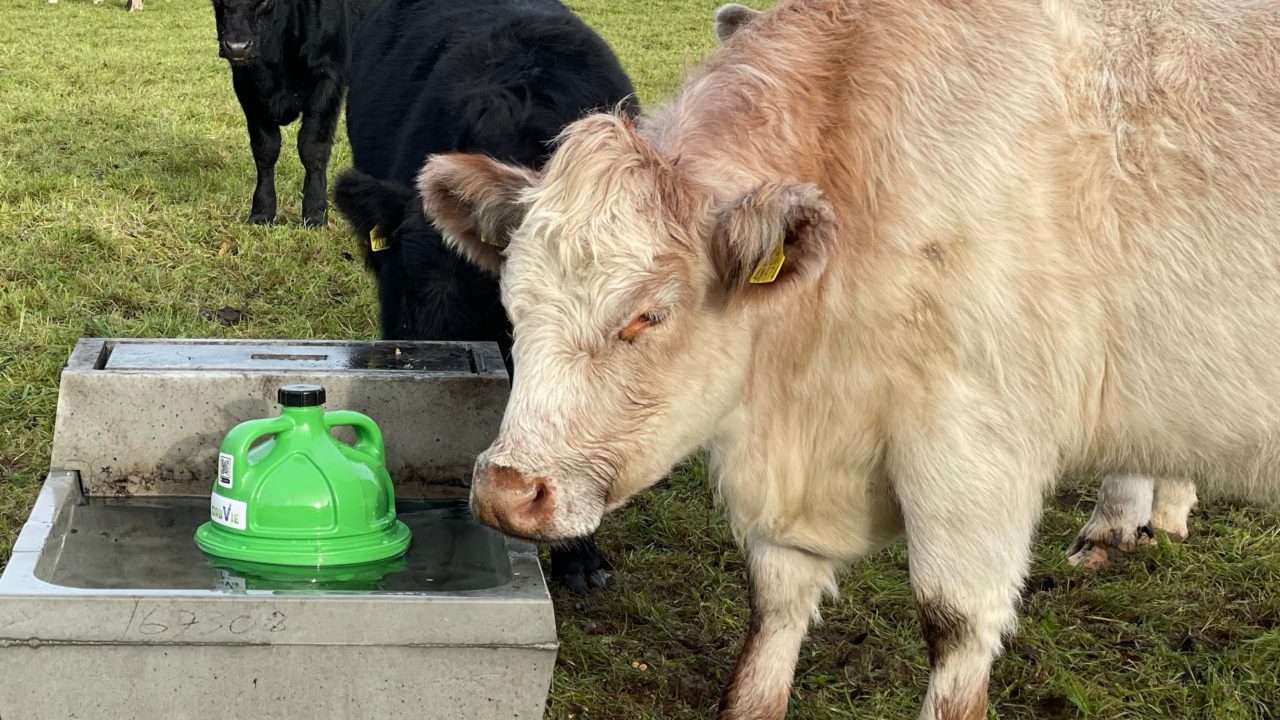Mineral Series in association with Terra NutriTECH
Bloat is where the excess gas (methane and carbon dioxide) produced in the rumen can affect normal function. It can occur quite rapidly meaning that death can ensue also quickly.
It causes huge pressure in the chest of ruminants and often leads to cardiogenic shock.
The rumen is a magnificent organ. This large fermentation bath is what drives production, taking inedible cellulose and converting it to digestible fatty acids.
It is extraordinary what our cows and sheep do by turning the largest biomass in the world (cellulose) into protein for human consumption.
We must remember the key to successful ruminant farming systems is good rumen health. It is the billions of microbes in this large stomach that are making the magic happen. When rumen health becomes unbalanced we can also slow down this efficiency and even have severe disruptions like bloat.
So, we must be mindful of the risks and then aim to limit them.
Bloat
There are two types of bloat:
- Primary: Where excess gas is produced in the rumen. This is by far the most common type of bloat and is typically seen in the form of frothy bloat at pasture; and
- Secondary: Where something obstructs the expulsion of gas in a normal functioning rumen. Vet assistance is vital if this is suspected.
Primary tympany
Frothy bloat (primary tympany) results when fermentation gases are trapped in a stable, persistent foam which is not readily expelled. These animals will start to swell up quickly often on the left-hand side (where the rumen sits). They can often go down and bloat up quite quickly.
These cases, unfortunately, are often found dead.
Why does it happen?
Lush pastures being low in fibre and high in soluble protein may increase the risk of bloat. Clovers, in particular, create extra risk.
Also, spring grass can be high in sugars and water content all meaning these bugs are working harder and producing a lot of gas.
This may also mean less saliva production which can act as a buffer in the rumen,
These soluble proteins can rise to the top of the rumen becoming insoluble and causing this froth to develop.
Indoors we see bloat in finishing cattle where we see a big increase in concentrates and low fiber in the diet. This can occur particularly where grains are finely ground.
Prevention:
- Feed fibre to animals on lush covers, this can often help reduce risk;
- Strip graze forcing animals to eat the lower more fibrous elements of the sward;
- Bloat Oil in the Water.
Feeding bloat oil in water during risk periods, particularly with at-risk swards like clover will help to prevent bloating.. Bloat oil works by layering the liquid in the rumen and preventing gasses from forming, and it should always be used with good grazing practices to help eliminate risk.
The OPIS or ORBVIE mineral dispensers from terra Nutritech ensures that Bloat Oil is administered to your herd accurately

Treating cows with symptoms of bloat
These are emergencies and require urgent attention. Normal tubing may not expel this foam very well. These cases may require trocars or ruminal fistulas placed by your vet.
Time is against us here, so we need something that will reduce the formation of this foam. We can use detergents or anti-foaming agents. When spotted first they should be walked back to the yard slowly.
Walking can take the pressure off for a short period until treatment is administered. Animals down may need emergency intervention rapidly to relieve the gas.
Oral treatments with oils or detergents will have success along with methods to relieve the gas.
Any animals found dead at pasture consider bloat, tetany and clostridial diseases as differentials.
Bloat oil is available from Terra NutriTECH and the OPIS or ORBVIE mineral dispensers ensures that Bloat Oil is administered to your herd accurately.
